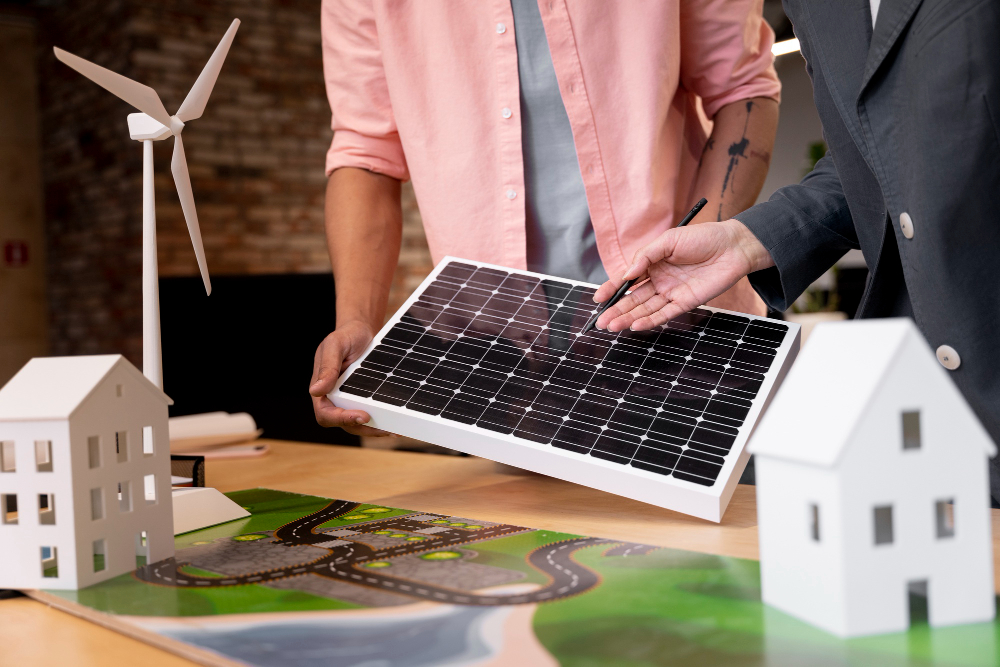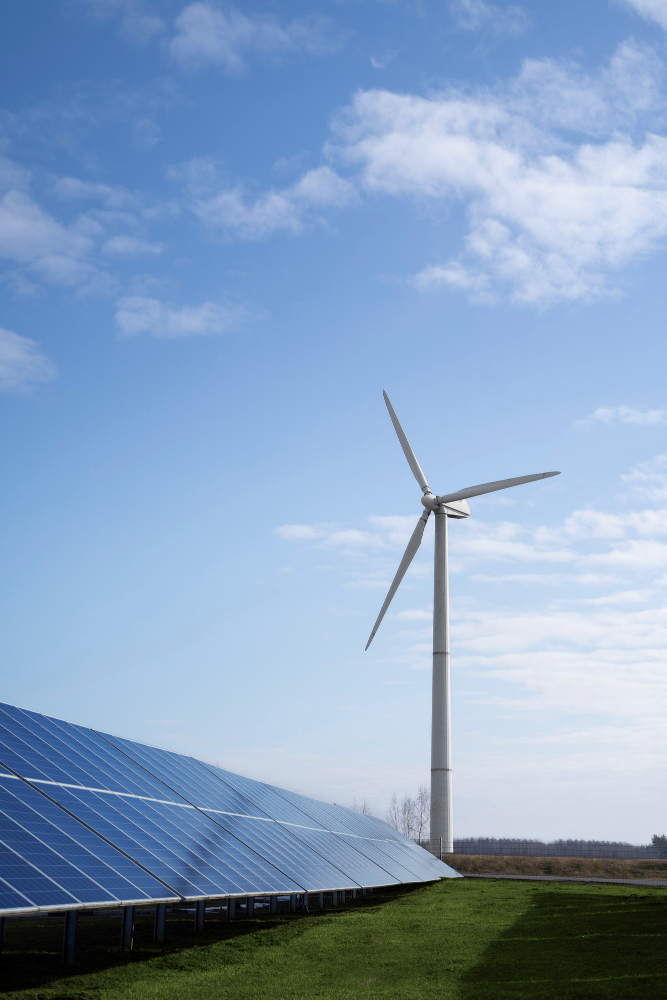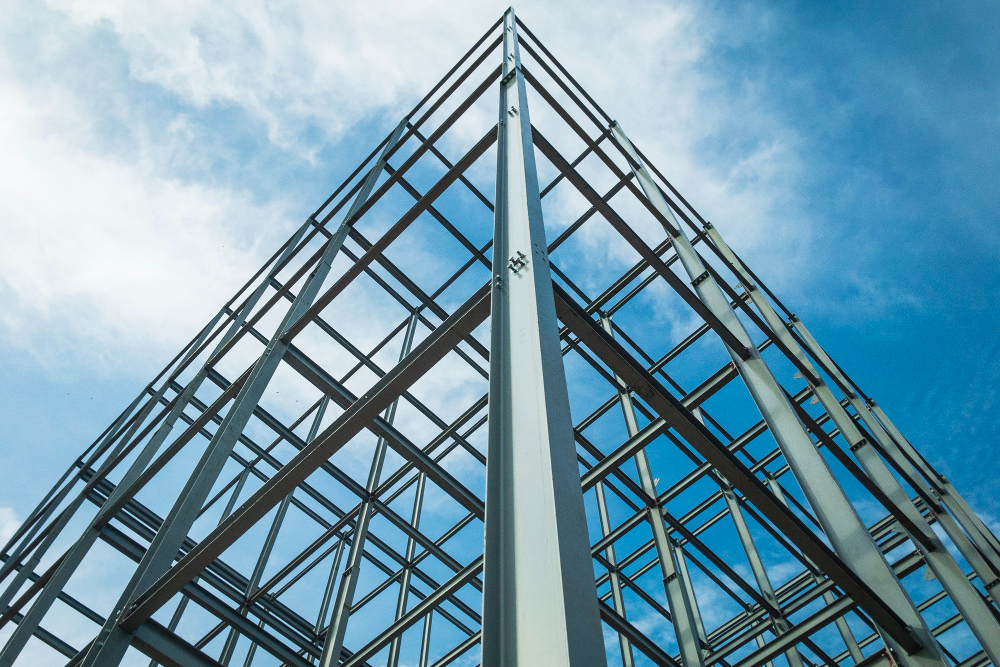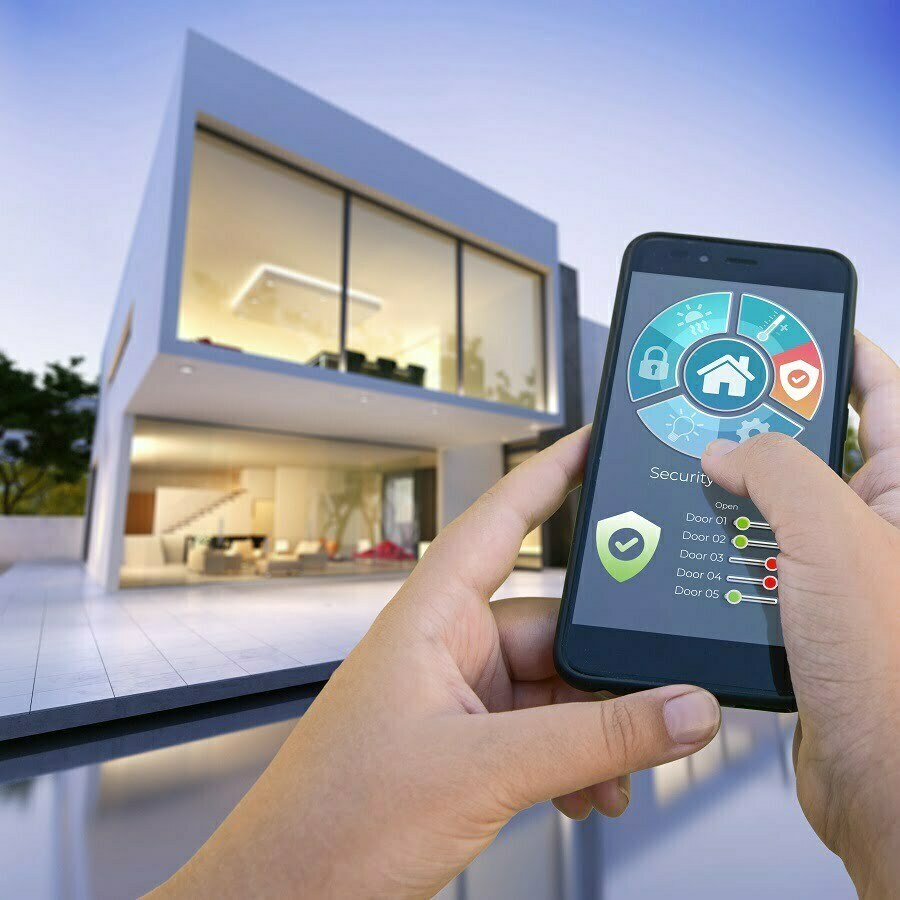Last updated on
When it comes to building the future, you might be surprised to learn that renewable energy plays a vital role in modern construction. From solar panels to wind turbines, these clean, sustainable sources are paving the way for eco-friendly infrastructures.
Stick around to explore how renewable energy’s intervention is transforming the construction landscape, leading us towards a greener, more sustainable future.
Power Generation

Renewable energy sources, such as solar, wind, and geothermal, are harnessed effectively for sustainable power generation in contemporary construction. Solar energy, for instance, is tapped through photovoltaic panels installed on buildings, converting sunlight directly into electricity.
British construction companies are always looking for DIY solar panels sold in the UK to cater to energy needs without paying hefty utility bills. Similarly, wind energy is leveraged where wind conditions are favorable, using turbines to generate power.
On the other hand, geothermal energy utilizes the earth’s consistent temperature for heating and cooling systems, reducing the reliance on fossil fuels.
These renewable technologies contribute to sustainable design not only by significantly reducing the carbon footprint of buildings but also by offering long-term economic benefits. Energy-efficient structures, powered by renewable sources, markedly decrease utility costs over time.
Additionally, they create a healthier living and working environment by curbing pollution. In essence, the integration of renewable energy into modern construction is a significant stride towards a sustainable, environmentally-conscious future.
Energy Efficiency

Renewable energy proves more efficient for modern construction in several ways. Its utilization results in significant energy savings, as renewable sources like solar, wind, and geothermal energy are inexhaustible and locally available, frequently reducing transportation and energy costs.
For instance, buildings equipped with solar panels can generate their own electricity, minimizing reliance on the grid. Similarly, geothermal systems utilize the earth’s stable temperature to efficiently heat and cool buildings, saving energy and costs associated with traditional HVAC systems.
Furthermore, the use of renewable energy aligns with green building standards and certifications, enhancing the building’s marketability. It also mitigates the environmental impacts of construction, reducing carbon emissions and helping to combat climate change. Thus, incorporating renewable energy in modern construction leads to more efficient, cost-effective, and sustainable buildings.
Off-grid Solutions

Renewable energy also provides various off-grid solutions for companies to implement when building. These could be the following:
- Solar power systems
- Wind turbines
- Hybrid systems
- Micro-hydro systems
- Biomass energy
- Portable renewable energy systems
- Energy storage solutions
- Solar home systems
- Solar water pumps
- Biogas systems
Off-grid solutions powered by renewable energy have become invaluable assets in modern construction, providing self-sustenance and independence from the traditional power grid. Solar power systems and wind turbines, for instance, can generate electricity onsite, reducing reliance on non-renewable energy sources.
Hybrid systems, combining multiple renewable technologies, ensure a constant power supply even when one source is unavailable. Micro-hydro systems and biomass energy provide efficient power solutions for construction in rural or remote locations.
Additionally, portable renewable energy systems and energy storage solutions offer flexibility and security for power needs. Solar home systems and solar water pumps contribute to energy efficiency in residential buildings, while biogas systems offer an organic waste solution that generates energy.
Carbon Footprint Reduction

Renewable energy directly contributes to the reduction of carbon footprint in modern construction by displacing traditional energy sources that emit large amounts of carbon dioxide.
By harnessing inexhaustible sources such as wind, solar, and geothermal energy, we can generate electricity without causing significant greenhouse gas emissions. Moreover, buildings equipped with renewable energy systems often have superior energy efficiency, which reduces overall energy consumption and associated emissions.
Importantly, these sustainable technologies, apart from being environmentally friendly, promote a circular economy by stimulating the use of recycled materials in construction. This further reduces the carbon footprint by minimizing the need for new materials and the emissions associated with their production and transportation.
Thus, the integration of renewable energy into modern construction is a powerful strategy in the fight against climate change.
Resilience and Reliability
Renewable energy brings increased resilience and reliability to modern construction by ensuring a consistent source of power, even in the face of local power grid failures or natural disasters. Solar panels, for instance, continue to produce electricity during daylight hours, even when traditional power systems fail.
Furthermore, wind and geothermal energy systems offer dependable energy outputs, given their ability to operate under diverse weather conditions.
These systems can also be designed for great resilience, with storage batteries and smart grid technologies ensuring a stable energy supply, even during fluctuations in renewable source availability. The reliability of renewable energy, coupled with its resilience, makes it an essential asset in the modern construction landscape.
Green Building Certification
These certifications, such as LEED (Leadership in Energy and Environmental Design) and BREEAM (Building Research Establishment Environmental Assessment Method), assess a building’s environmental impact and sustainability.
Solar panels, wind turbines, and geothermal systems, among other renewable technologies, help constructors adhere to these standards. They enhance a building’s sustainability and energy efficiency, important criteria in these certifications.
Moreover, integrating such systems reduces the building’s carbon emissions, another key consideration in green certification. Therefore, renewable energy not only fulfills the energy needs of modern buildings but also contributes to their green credentials, thus attracting prospective buyers or renters focusing on sustainability.
Promotion of Sustainable Practices
Renewable energy promotes sustainable practices in modern construction by providing eco-friendly and efficient energy solutions. The adoption of renewable sources like solar, wind, and geothermal energy reduces reliance on fossil fuels, diminishing carbon emissions and our environmental footprint. These energy sources also offer cost-effective solutions, lowering energy expenses in the long run.
Renewable energy integration aligns with green building certifications, like LEED and BREEAM, increasing a building’s market value. Off-grid solutions offer energy independence and resilience during power grid failures, increasing the reliability of the construction.
Finally, these technologies encourage a circular economy by promoting the use of recycled materials, further endorsing sustainability. Thus, renewable energy is pivotal in championing sustainable practices in modern construction.
So, you see, renewable energy isn’t just about being kind to the environment. It’s about building a sustainable future, where your construction projects are efficient, cost-effective, and resilient.
By embracing renewable energy in your construction practices, you’re not just reducing your carbon footprint, but also adding value to your buildings, promoting sustainable practices, and taking a stand for our planet. The future of construction is green, and it’s time you become a part of it.
Related reading:
Table of Contents





